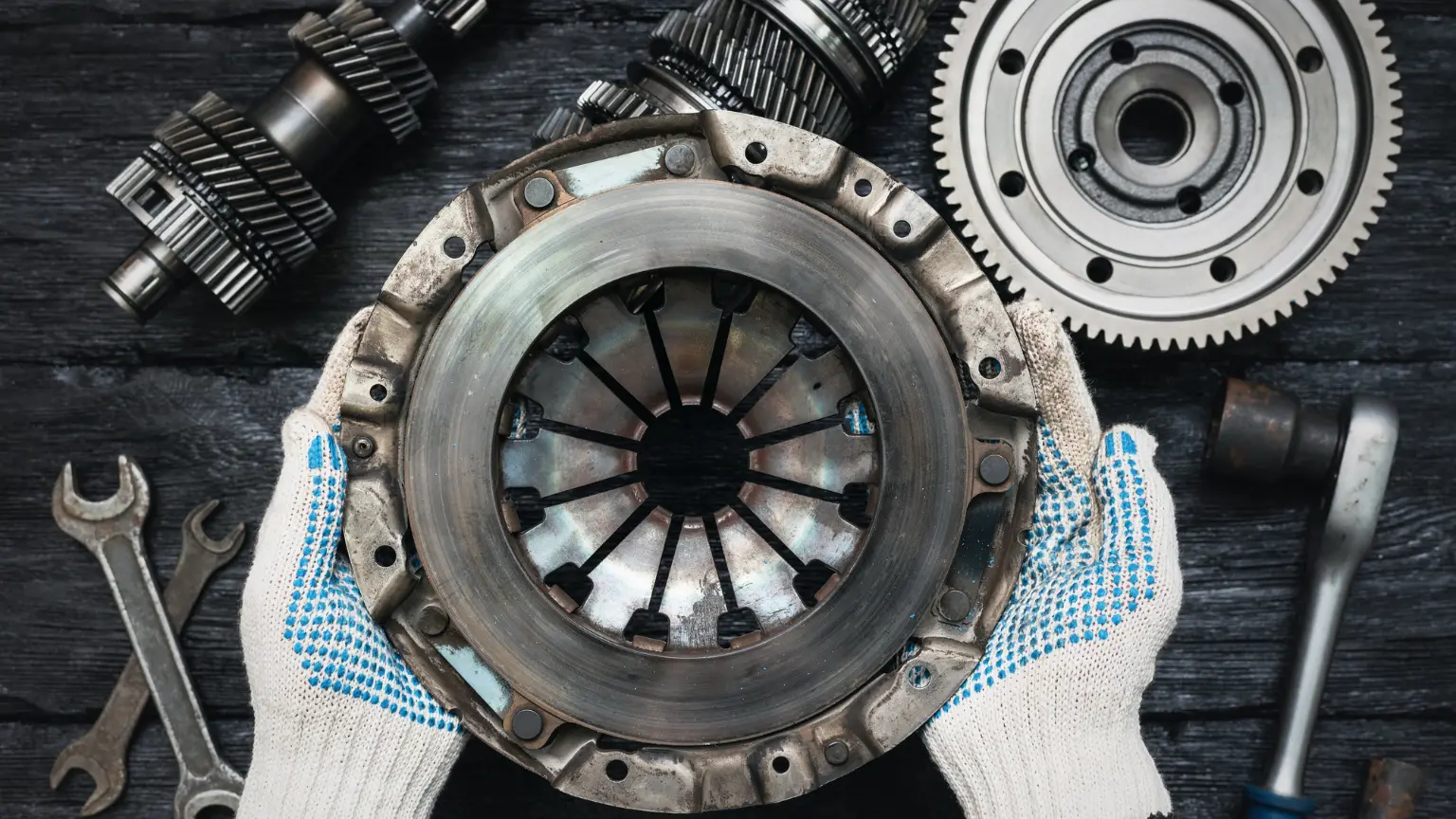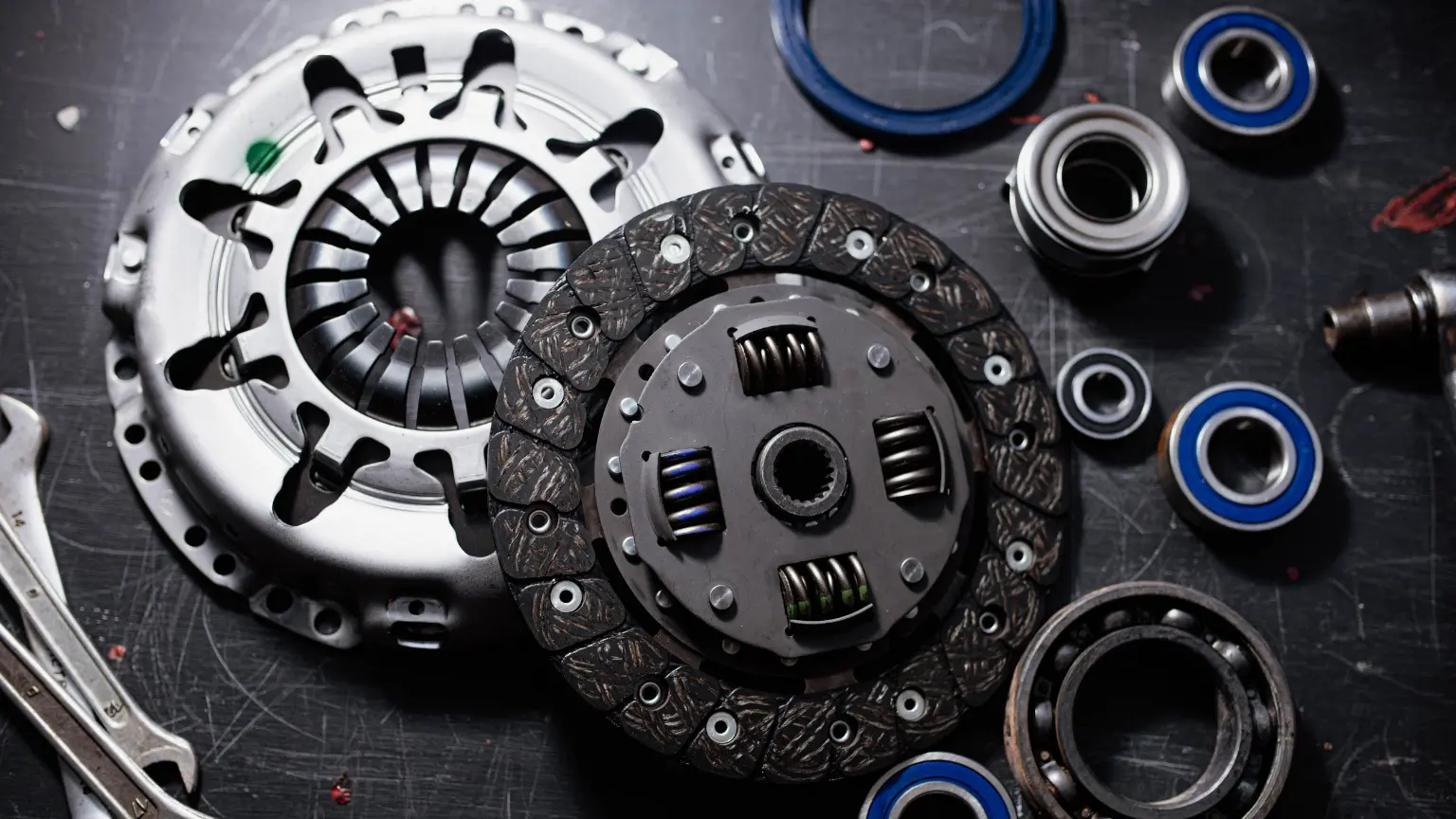Techniques for Removing and Replacing Transmission Drive Gears
Replace worn transmission drive gears with proper prep, removal, and installation techniques. Learn tool setup, safety steps, and how to decide between repair or full replacement for lasting performance.
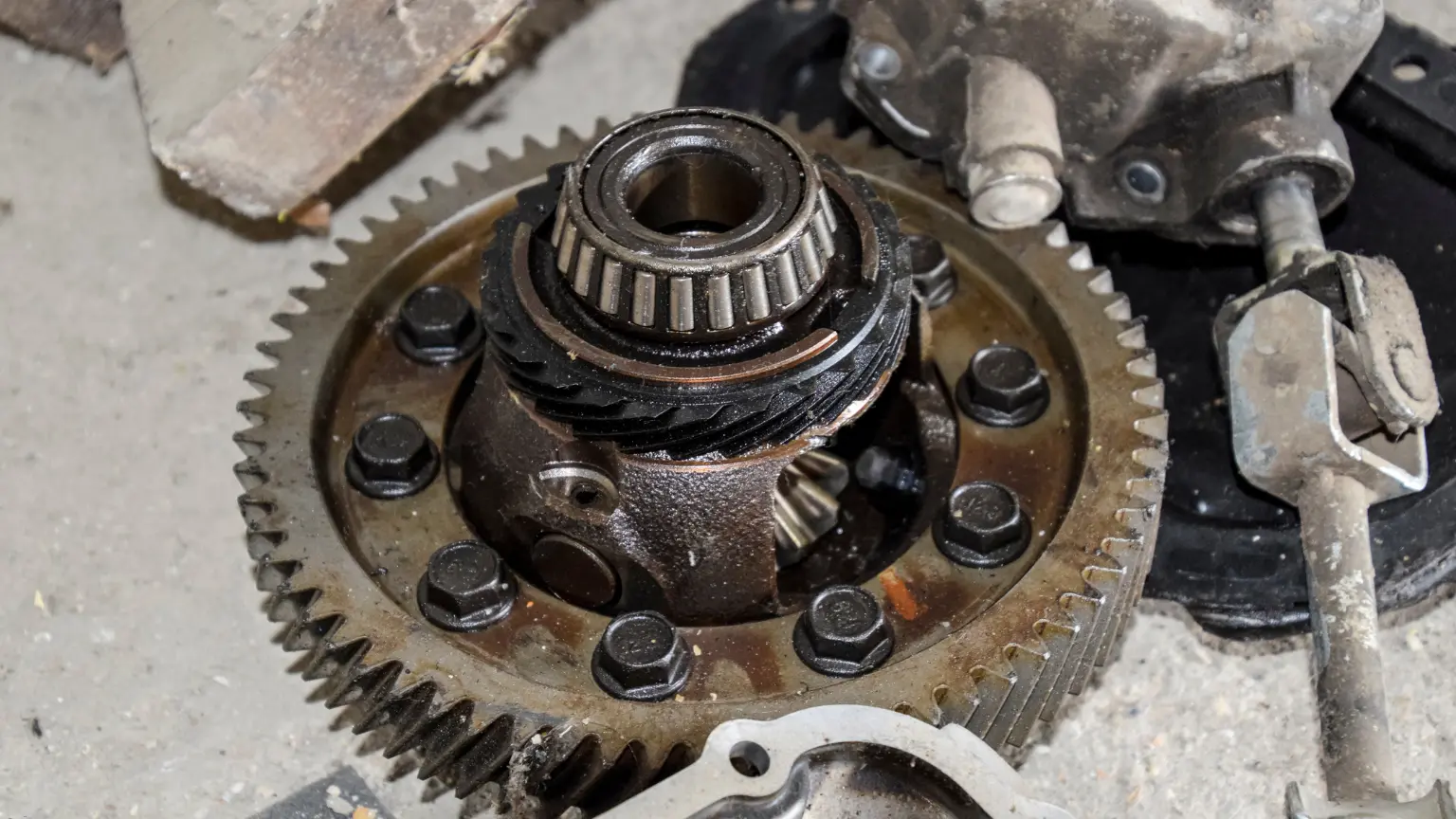
Transmission drive gears are crucial components of both manual and automatic vehicles, playing a vital role in the smooth operation of the transmission system. Over time, these gears can wear down due to friction, heat, and contamination, leading to performance issues or complete failure. Replacing worn or damaged gears is essential not only to maintain optimal vehicle performance but also to avoid the higher costs associated with major transmission repairs. Understanding when and how to replace these gears ensures your vehicle remains reliable and efficient.
Preparing for Automotive Gear Replacement
Gathering Essential Tools
Before you start the process of transmission gear removal, it's crucial to assemble all the necessary tools to ensure a smooth operation. Key tools include a set of socket wrenches, screwdrivers, a transmission jack, and gear pullers. These instruments are vital for dismantling the transmission system without causing any damage, and additionally, having a digital camera or smartphone on hand to take pictures before disassembly can serve as a guide for reassembling the system correctly. Organize your tools in an accessible manner to avoid any disruptions during the process.
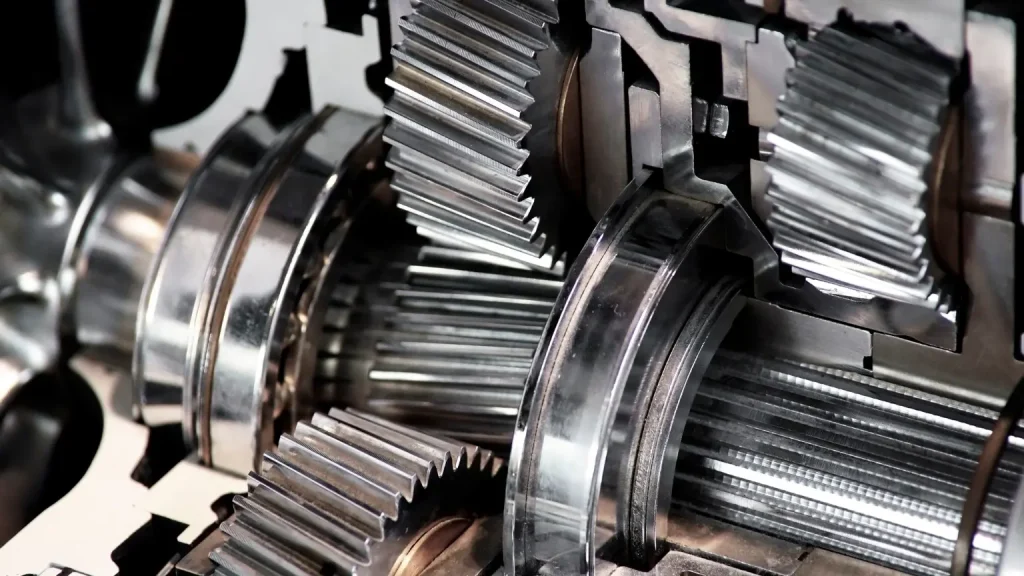
Ensuring Safety and Workspace Preparation
Safety should be your top priority when preparing to remove transmission gears. To ensure stability, start by securing the vehicle on a lift or sturdy jack stand. Clear the workspace of any unnecessary items to avoid tripping hazards and to have ample room for maneuvering large parts. Wear protective gear such as gloves, goggles, and overalls to protect against sharp edges and transmission fluid. Ensuring your environment is safe and prepared can prevent accidents and facilitate a more efficient workflow during gear replacement for transmissions.
Identifying Worn or Damaged Gears
Identifying which gears need replacement is a critical step in transmission repair services. Inspect the gears for any signs of wear, such as teeth that are chipped or excessively worn. Noise during transmission operation, difficulty in shifting gears, or visible metal shavings in the transmission oil are indicators of gear degradation. Use a magnifying glass and adequate lighting to examine small and hard-to-see areas. Accurate identification of damaged gears ensures that only necessary replacements are made, helping manage transmission replacement costs.
Techniques for Removing Transmission Gears
Step-by-Step Process for Gear Shift Removal
Following a methodical approach, you can effectively remove the gear shift without damaging the vehicle’s components. Below is a detailed breakdown of the step-by-step process, providing clarity and guidance for successful execution:
- Preparation: Begin by ensuring the vehicle is in a secure and stable position. This stability is critical to prevent accidental movement during the removal process. Disconnect the car battery to eliminate the risk of electrical shocks or shorts while working near electrical components. This step is vital if the gear shift assembly is connected to electronic control modules.
- Access: Typically, this requires unscrewing fasteners that secure the panel in place. Using a flat tool, gently pry up the panel, taking care not to crack or damage the surrounding material. This step reveals the gear shift mechanism and other components, such as wiring and control links. Patience and precision are key during this stage, as improperly removing the panel could lead to costly repairs or replacements.
- Disconnect: Once the gear shift mechanism is visible, the next step is to disconnect the shift linkage attached to the transmission. Depending on the vehicle model, this may involve unbolting or unclipping the linkage. Carefully observe how the components fit together, taking photos or notes if necessary, to simplify reassembly later. This stage often involves navigating tight spaces, so using appropriate tools like needle-nose pliers or adjustable wrenches can make the task more manageable.
- Remove: After disconnecting the linkage, carefully lift the gear shift assembly from the center console. This step might require maneuvering to free the assembly from other connected components, such as control links or wiring. Be mindful of any hidden fasteners or clips hindering the removal process. It’s crucial to handle the assembly gently to prevent damage, especially if it intends to repair and reuse it.
- Inspect: With the gear shift assembly removed, conduct a thorough inspection for signs of wear, damage, or malfunction. Check the internal gears, wiring, and structural integrity of the assembly. If significant damage is present, consider replacing the entire unit to ensure optimal vehicle performance. This inspection also provides an opportunity to clean the surrounding area and lubricate any parts that will be reinstalled, promoting smoother operation.
The gear shift replacement requires patience and attention to detail. By following these steps, you can safely and efficiently complete the task while minimizing the risk of damage to your vehicle. Always ensure you use the appropriate tools and techniques for your specific vehicle model to achieve the best results.
Using Pullers and Specialized Tools
For the successful extraction of tightly fitted or stubborn gears, using the right tools is imperative. Gear pullers and bearing splitters are specially designed to handle the rigors of transmission gear replacement. When utilizing these tools, position them correctly around the gear or bearing, ensuring they have a firm grip before applying pressure. This method helps prevent damage to the surrounding structures and the gear itself. It’s important to apply steady pressure to avoid sudden movements that might cause harm to the gear system.
Handling Oil Pump Components
When dealing with a manual transmission oil pump, handle it with care to avoid disrupting the delicate balance of the system. This is essential for lubricating the gearbox's moving parts, and any mishandling can lead to significant issues down the line. Ensure that all seals and gaskets are checked for wear and replaced if necessary to maintain the integrity of the transmission fluid system, which is vital for the smooth operation of the gears.
Common Challenges and Solutions
During transmission removal and replacement, several common challenges can arise that may hinder progress or lead to costly mistakes if not addressed promptly. One frequent issue is difficulty aligning the torque converter with the transmission oil pump during reinstallation, which can result in a noticeable gap between the bellhousing and engine or even shear the transmission pump prongs if forced. To avoid this, always ensure the torque converter is fully seated by gently rotating and pushing it into place until it clicks or clunks, and double-check its depth before proceeding. Another common problem is seized or corroded bolts, especially in older vehicles exposed to moisture. Applying penetrating oil and using the correct tools, such as breaker bars or impact wrenches, can help free stubborn fasteners without causing damage. Additionally, mislabeling or overlooking electrical connectors and linkage attachments can lead to reassembly errors or transmission malfunction. To prevent this, label all connectors and take reference photos during disassembly. Leaks from worn seals or gaskets are another common concern; replacing these components during the process helps maintain fluid integrity and prevent future issues. By anticipating these challenges and applying careful troubleshooting, such as methodically checking alignment, using proper tools, and replacing critical seals, technicians and DIYers can ensure a smoother, more reliable transmission replacement.
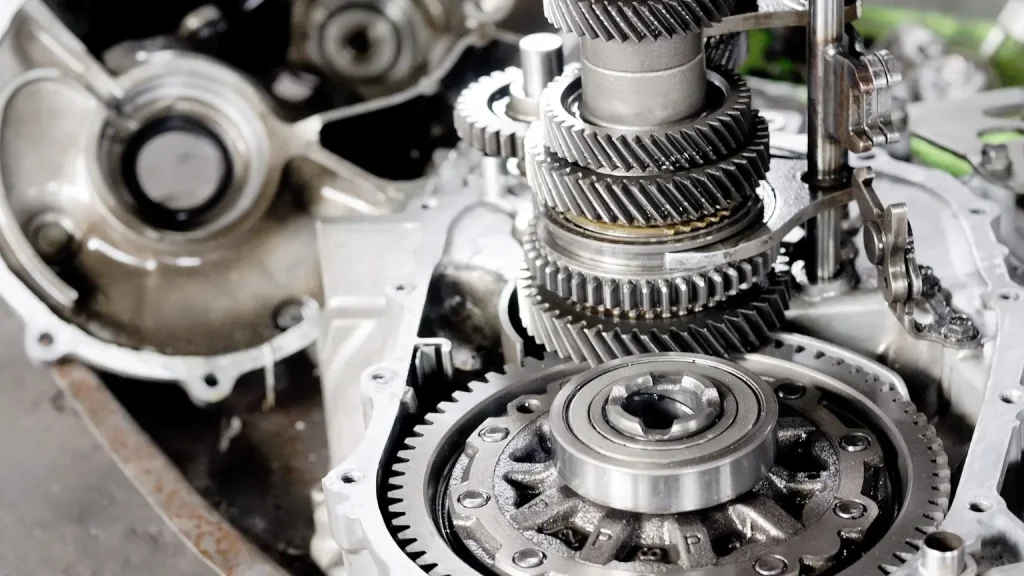
Installation of Transmission Gears
techniques and best practices for installing a new or rebuilt transmission, ensuring correct alignment and secure mounting.
Tools for Gear Installation
Installing new transmission gears correctly is crucial for the longevity and efficiency of a vehicle's system. The tools required for this task must be precise and reliable to ensure that every component fits perfectly and operates smoothly. A comprehensive toolkit should include:
- Torque Wrench: A torque wrench is a must-have tool for gear installation, as it ensures that all bolts and nuts are tightened to the exact torque specified by the manufacturer. Over-tightening can cause damage, while under-tightening can lead to loose components that compromise the system’s stability. This tool allows you to apply the right amount of force, maintaining the integrity of the transmission assembly. Modern torque wrenches often feature digital displays or click mechanisms to alert users when the desired torque level is reached, adding convenience and precision. Proper use of a torque wrench helps extend the lifespan of the gears and other components by avoiding stress fractures or misalignments caused by incorrect fastening.
- Dial Indicator: Precision is critical when aligning gears, and a dial indicator provides accurate measurements of gear backlash and shaft alignment. This tool is particularly useful for detecting minute discrepancies in spacing between gears, which can lead to uneven wear or operational inefficiency. By positioning the dial indicator against a fixed point and rotating the gears, you can measure the deviation and make necessary adjustments. Using this tool ensures that the gears mesh perfectly within the transmission casing, reducing noise, vibration, and long-term damage. Dial indicators are often paired with magnetic bases for stability, allowing users to work hands-free while taking measurements.
- Alignment Rods: These rods help detect any misalignment, which can cause uneven wear, increased friction, and operational noise. By placing the rods through the gear shafts, you can visually and physically confirm their alignment, making it easier to make necessary corrections. Alignment rods are particularly helpful when assembling complex transmission systems with multiple interconnected gears. They contribute to a smoother installation process and reduce the likelihood of errors that could affect the transmission’s performance.
- Feeler Gauge: Measuring gaps and clearances between gears is essential to prevent binding or excessive wear, and a feeler gauge is a perfect tool for this task. This device consists of a set of thin, precisely calibrated metal blades that can measure even the smallest spaces. By inserting the appropriate blade between gears, you can verify that the clearance matches the manufacturer’s specifications. Proper spacing ensures smooth gear movement, prevents overheating, and reduces the risk of damage caused by friction.
Each tool in this list plays a unique and indispensable role in the process, ensuring that all components are installed correctly and function smoothly. Investing in high-quality tools and using them properly will not only enhance the transmission system's efficiency but also prevent future issues.
Differences in Gear Installation for Manual vs. Automatic Transmissions
Manual systems often require more hands-on assembly and adjustment during gear installation, including clutch alignment and manual gearbox rebuild. Automatic transmissions, however, involve more complexity with their electronic components and hydraulic systems, requiring careful handling of sensors and actuators. Understanding these differences is essential for any technician or DIY enthusiast undertaking this task to ensure a successful rebuild or repair.
Repair or Replace: Making the Right Choice
Full Transmission Replacement
Whether to repair or replace often comes down to cost versus longevity. A full replacement may initially seem more expensive but can be more cost-effective in the long run, especially if the existing transmission has high mileage or extensive damage. Replacing one can extend the vehicle's life and improve reliability and performance. When considering this option, it’s essential to factor in not only the cost of the new transmission but also potential future savings on repairs and maintenance.
Evaluating Transmission Gear Replacement Costs
This cost can vary widely depending on the type of transmission, the extent of the damage, and whether aftermarket or OEM parts are used. Vehicle owners must get detailed quotes from several local transmission repair shops to compare costs effectively. Understanding the breakdown of parts and labor can help make an informed decision that balances financial considerations with the benefits of a fully functional transmission.
Finding Reliable Transmission Repair Services
How to Choose a Transmission Shop
Start by seeking recommendations from friends and family who have had similar automotive work done. Online reviews and ratings can also provide insight into the reliability and customer service of potential shops. It’s beneficial to choose shops that specialize in transmission work rather than general automotive repair centers to ensure that the technicians have the specific expertise required for complex transmission issues.
Questions to Ask Your Transmission Mechanic
When visiting a transmission repair shop, asking detailed questions is essential to ensure your vehicle receives the best care. Below is a guide to the key questions you should ask, with insights on why each is crucial to your decision-making process.
- Experience: Do You Have Expertise With My Vehicle Make and Model? A mechanic’s experience with your specific make and model is a vital factor in ensuring quality service. Different vehicles, particularly those with advanced or specialized transmissions, require unique knowledge and tools. By confirming their expertise, you can assess whether the repair shop is equipped to handle your vehicle’s unique needs. Experienced mechanics are more likely to identify problems quickly, recommend accurate solutions, and prevent costly errors during the repair process. Asking about their training, certifications, and past work with similar vehicles gives you insight into their ability to manage the complexities of your transmission system.
- Diagnosis: How Will You Identify the Issue? Understanding how the mechanic plans to diagnose the problem ensures transparency in their approach. Ask if they use advanced diagnostic tools, such as computerized scanners, or rely on manual inspections. A thorough diagnosis helps pinpoint the root cause of the issue, preventing unnecessary repairs and additional costs. Ensure the mechanic explains the steps they will take and whether diagnostic fees will apply. Mechanics with a structured and clear diagnostic process demonstrate professionalism and an ability to address transmission issues efficiently, providing peace of mind that the problem will be properly identified and resolved.
- Parts: Will You Use OEM or Aftermarket Parts? The type of parts used during a repair has a significant impact on the longevity and performance of your vehicle. Original Equipment Manufacturer (OEM) parts are designed specifically for your vehicle, ensuring a precise fit and reliable function. Aftermarket parts, while often more affordable, may vary in quality. Understanding which parts the mechanic plans to use and why can help you weigh the benefits and drawbacks of each option. Mechanics who use quality parts and explain their choice demonstrate their commitment to delivering durable repairs. This discussion also helps avoid unexpected expenses or mismatched components.
- Guarantees: What Warranties Do You Provide on Parts and Labor? A solid warranty reflects the mechanic’s confidence in their workmanship and the quality of the parts used. Ask about the duration and scope of the warranty, including whether it covers labor, parts, or both. Some shops offer limited warranties, while others provide comprehensive guarantees that protect you from future issues. Clarifying warranty terms ensures you are covered if the repair doesn’t resolve the problem or if related issues arise later.
A transparent and knowledgeable mechanic will welcome your inquiries and provide thorough answers about the general process and considerations involved in replacing a vehicle's transmission, including preparation steps and safety measures. Taking this approach not only safeguards your investment but also helps build trust and confidence in the repair process.

Understanding the intricacies of replacing transmission gears is essential for maintaining a reliable and efficient vehicle. By focusing on proper removal, installation, and maintenance techniques, you can significantly extend the lifespan of your transmission system. Attention to detail during the process ensures optimal gear alignment, smooth operation, and enhanced performance. Whether working on a manual or automatic transmission, applying best practices reduces the risk of errors and costly repairs. Taking the time to master these techniques not only improves vehicle functionality but also fosters confidence in tackling future mechanical challenges. Keep your vehicle running smoothly by booking Trans Medic Transmissions' professional transmission gear service.
Sources:
- Gresham Transmedic. (2024, January 22). Understanding the basics of transmission rebuilds. https://www.greshamtransmedic.com/blog/understanding-the-basics-of-transmission-rebuilds/
- Gresham Transmedic. About Trans Medic Transmission. https://www.greshamtransmedic.com/about/
Follow a maintenance program
Ante gravida id aenean quis egestas risus nam amet nullam leo diam diam aliquam eu eu malesuada arcu rhoncus suspendisse nulla mattis ut amet sagittis in justo egestas.

search for a trusted mechanic
Lorem ipsum dolor sit amet, consectetur adipiscing elit lobortis arcu enim urna adipiscing praesent velit viverra sit semper lorem eu cursus vel hendrerit elementum morbi curabitur etiam nibh justo, lorem aliquet donec sed sit mi dignissim at ante massa mattis.
- Neque sodales ut etiam sit amet nisl purus non tellus orci ac auctor
- Adipiscing elit ut aliquam purus sit amet viverra suspendisse potent
- Mauris commodo quis imperdiet massa tincidunt nunc pulvinar
- Excepteur sint occaecat cupidatat non proident sunt in culpa qui officia
Check the air pressure in your tires
Vitae congue eu consequat ac felis placerat vestibulum lectus mauris ultrices cursus sit amet dictum sit amet justo donec enim diam porttitor lacus luctus accumsan tortor posuere praesent tristique magna sit amet purus gravida quis blandit turpis.
Review your suspension frequently
At risus viverra adipiscing at in tellus integer feugiat nisl pretium fusce id velit ut tortor sagittis orci a scelerisque purus semper eget at lectus urna duis convallis. porta nibh venenatis cras sed felis eget neque laoreet suspendisse interdum consectetur libero id faucibus nisl donec pretium vulputate sapien nec sagittis aliquam nunc lobortis mattis aliquam faucibus purus in.
- Neque sodales ut etiam sit amet nisl purus non tellus orci ac auctor
- Adipiscing elit ut aliquam purus sit amet viverra suspendisse potent
- Mauris commodo quis imperdiet massa tincidunt nunc pulvinar
- Excepteur sint occaecat cupidatat non proident sunt in culpa qui officia
Service your vehicle as regularly as posible
At risus viverra adipiscing at in tellus integer feugiat nisl pretium fusce id velit ut tortor sagittis orci a scelerisque purus semper eget at lectus urna duis convallis. porta nibh venenatis cras sed felis eget neque laoreet suspendisse interdum consectetur libero id faucibus nisl donec pretium vulputate sapien nec sagittis aliquam nunc lobortis mattis aliquam faucibus purus in.
“Nisi quis eleifend quam adipiscing vitae aliquet bibendum enim facilisis gravida neque velit euismod in pellentesque”
Conclusion
Eget lorem dolor sed viverra ipsum nunc aliquet bibendum felis donec et odio pellentesque diam volutpat commodo sed egestas aliquam sem fringilla ut morbi tincidunt augue interdum velit euismod eu tincidunt tortor aliquam nulla facilisi aenean sed adipiscing diam donec adipiscing ut lectus arcu bibendum at varius vel pharetra nibh venenatis cras sed felis eget.

